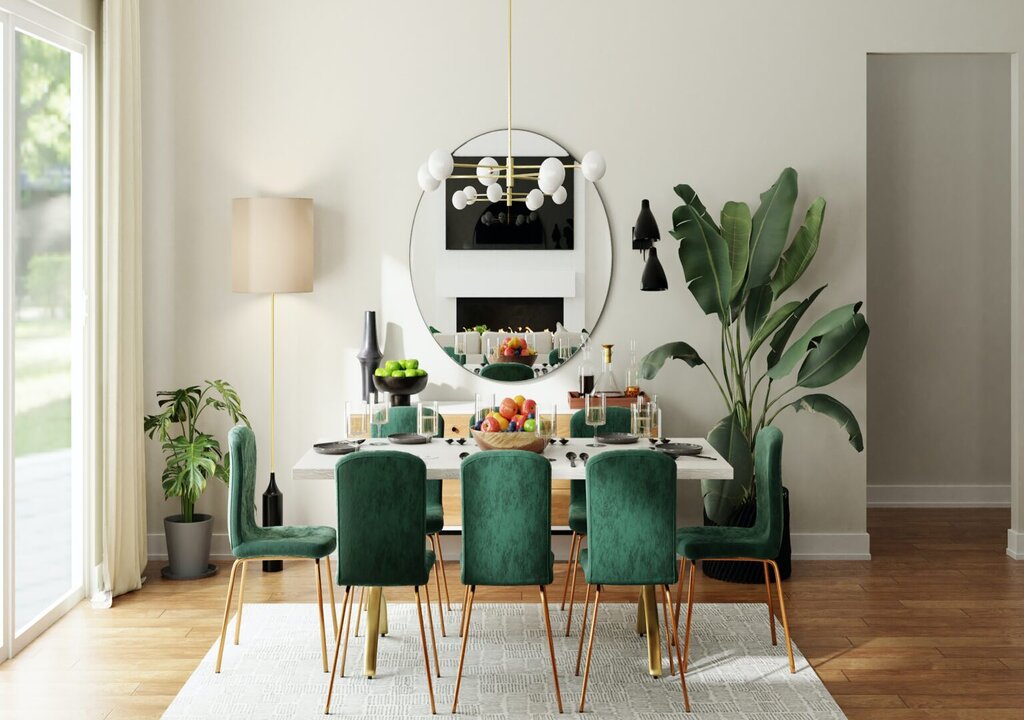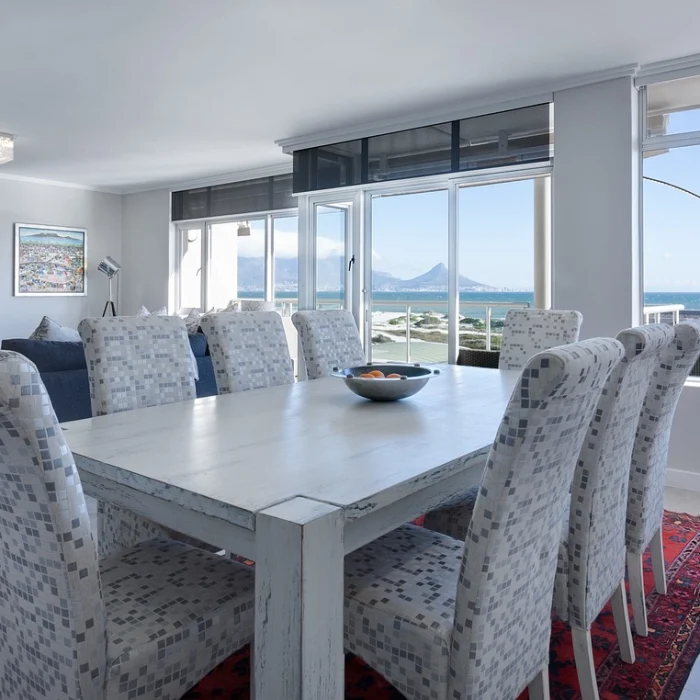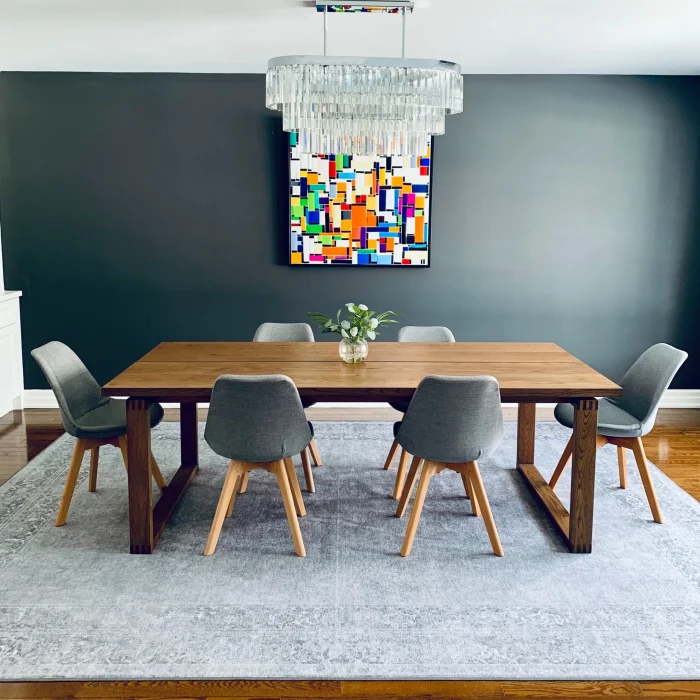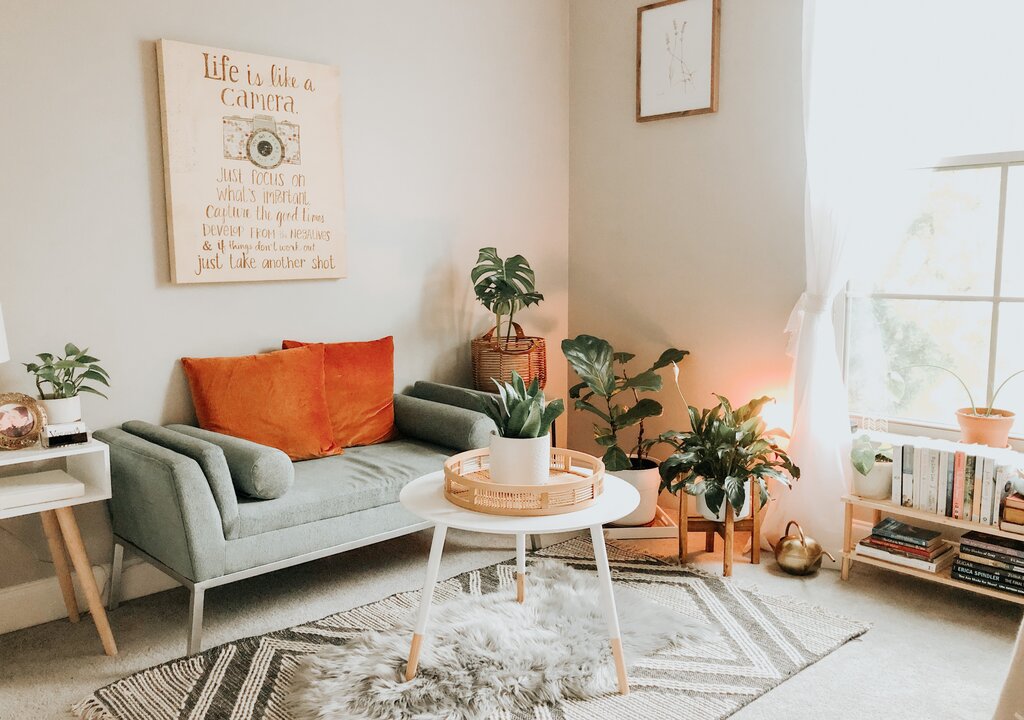Introduction
The heart of a home often finds its rhythm around the dining table—a place where stories are shared, laughter reverberates, and the symphony of clinking cutlery orchestrates the ebb and flow of life. In the grand tapestry of interior design, the dining table assumes a pivotal role, not just as a functional piece but as a statement of aesthetic prowess. This comprehensive guide is your map through the labyrinth of choices, ensuring that the dining table you select not only fits your space but becomes an enduring testament to your discerning taste. A dining table is more than just a piece of furniture—it’s a gathering place, a platform for celebration, a symbol of unity and togetherness. It’s where we break bread with loved ones, engage in deep conversations, or simply enjoy a quiet meal at the end of a long day. It’s a silent witness to our lives, bearing the marks of shared meals, spilled drinks, and hearty laughter. So choosing the perfect dining table, therefore, is not a decision to be taken lightly. It’s about finding that perfect balance between functionality, aesthetics, and emotional resonance. It’s about understanding your space, your style, and your needs. It’s about making a choice that will stand the test of time, becoming a cherished part of your home and your memories.
In this guide, we’ll explore the various factors to consider when choosing a dining table. We’ll delve into the world of materials, shapes, sizes, and styles. We’ll discuss how to measure your space, how to match your table to your decor, and how to choose a table that fits your lifestyle. Whether you’re furnishing a new home or looking to upgrade your current dining setup, this guide will provide you with the knowledge and confidence to make an informed decision. So, let’s embark on this journey together, and find the perfect dining table for your home.
The Centrality of The Dining Table
In the ballet of household dynamics, the dining table plays the lead role. It’s not merely a furniture piece; it’s an altar where connections are nourished, and bonds are fortified.
The dining table is the heart of the home, the stage upon which the drama of daily life unfolds. It’s where we gather to share meals, celebrate special occasions, or simply enjoy each other’s company. It’s where children do their homework, where family meetings are held, where holiday feasts are spread out in all their glory. It’s a place of communion, of conversation, of connection. But it is more than just a social hub—it’s also a reflection of our personal style and taste. It’s a statement piece that can set the tone for the rest of the room. Whether it’s a sleek modern design, a rustic farmhouse table, or an elegant antique, the dining table tells a story about who we are and what we value.
Choosing the right dining table, then, is about more than just size and shape. It’s about finding a table that fits your space, suits your style, and meets your needs. It’s about choosing a table that will serve as the backdrop for countless memories, a table that will stand at the center of your home, not just physically, but emotionally as well.
An Overture to The Art of Choosing
Choosing a dining table is not a perfunctory task—it’s an art. An art that involves understanding the nuances of design, materials, and the unique poetry of your living space.
Indeed, the art of choosing a dining table is akin to composing a symphony. Each element, from the size and shape to the material and style, plays a distinct note in the harmony of your home. It’s about understanding the rhythm of your space, the melody of your lifestyle, and the tempo of your daily routines.
The first step in this process is to understand your space. Measure your dining area carefully, taking into account not just the size of the room, but also the layout and flow. Consider how the table will fit into the space, how it will interact with other furniture, and how it will affect the movement around the room.
Next, consider the material. The choice of material can greatly influence the look and feel of the table, as well as its durability and maintenance. From the rustic charm of wood to the sleek elegance of glass, each material has its own character and charm.
Then, think about the style. Are you drawn to the clean lines of modern design, the ornate details of traditional styles, or the cozy appeal of farmhouse chic? Your dining table should reflect your personal style and complement the overall decor of your home.
Finally, consider the functionality. Think about how you use your dining table. Is it just for meals, or does it double as a workspace? Do you frequently host large gatherings, or is it mostly used for intimate family dinners? The functionality of the table should align with your lifestyle and needs.
In the end, the art of choosing a dining table is about creating a space that feels like home. It’s about finding a table that brings joy to your meals, comfort to your conversations, and beauty to your home. As we delve deeper into each of these aspects in the following sections, we hope to provide you with the tools and insights you need to make an informed and inspired choice. So, let’s continue our journey towards finding the perfect dining table for your home.
Understanding Your Space
Room Dimensions and Proportions
Before diving into the sea of dining tables, decipher the spatial poetry of your dining room. Consider dimensions, allowing ample space for movement, and proportions, ensuring the table resonates harmoniously with the room’s size. Understanding the dimensions and proportions of your dining room is the first step in choosing the perfect dining table. It’s not just about finding a table that fits—it’s about finding a table that belongs. A table that sits comfortably within the space, leaving enough room for chairs, for movement, for life to unfold around it.
Start by measuring your dining room. Note down the length, width, and height of the room. Remember to account for other furniture pieces, doorways, and walkways. As a rule of thumb, you should aim to leave at least 36 inches (approximately 91.44 cm) between the edge of your table and the wall or other furniture. This allows enough space for chairs to be pulled out and for people to walk around comfortably.
Next, consider the proportions. The size of your table should be in harmony with the size of your room. A small table in a large room can feel lost, while a large table in a small room can feel overwhelming. A well-proportioned table creates a sense of balance and order, enhancing the overall aesthetics of your space. Also, consider the shape of your room. If your dining room is square, a round or square table might fit better. If your room is rectangular, an oval or rectangular table might be more suitable. The shape of your table can also influence the flow of conversation—a round table, for instance, encourages more communal and inclusive discussions.
In the end, understanding your room’s dimensions and proportions is about creating a space that feels balanced, comfortable, and inviting. It’s about creating a space where meals are enjoyed, conversations flow freely, and memories are made. In the following sections, we’ll explore more factors to consider when choosing your dining table, from materials and styles to functionality and maintenance. So, let’s continue our journey towards finding the perfect dining table for your home.
Architectural Elements and Constraints
Acknowledge the silent architects—windows, doors, and alcoves. Let the dining table be a seamless addition, respecting and enhancing the architectural features of your space. Every room has its own unique architectural elements that contribute to its character and charm. These can include windows that let in natural light, doors that dictate the flow of movement, alcoves that create cozy nooks, or even structural pillars that add a touch of grandeur. When choosing a dining table, it’s important to consider these elements and work with them, not against them.
Start by taking a good look at your dining room. Note the position and size of the windows, doors, and any other architectural features. Consider how the light changes throughout the day and how this might affect your dining experience. A dining table placed near a window, for instance, could provide a lovely view during meals but might also create glare at certain times of the day.
Next, consider the flow of movement. Doors and walkways should be clear of any obstruction, and there should be enough space around the table for people to move comfortably. If your room has an alcove, you might consider placing the table there to create a cozy dining nook. However, make sure that the table doesn’t block the alcove or make it difficult to access. Also, consider the height of your ceilings. A high ceiling might call for a taller table or one with a more substantial presence, while a low ceiling might be better suited to a lower table. The size and scale of your table should be in harmony with the room’s proportions.
Finally, remember that your dining table should enhance the architectural features of your room, not overshadow them. Choose a table that complements the style and color of your room, and that works well with any existing furniture or decor. In the end, choosing a dining table is about creating a harmonious balance between form and function, between your needs and the constraints of your space. It’s about finding a table that fits seamlessly into your home, enhancing its beauty and character.
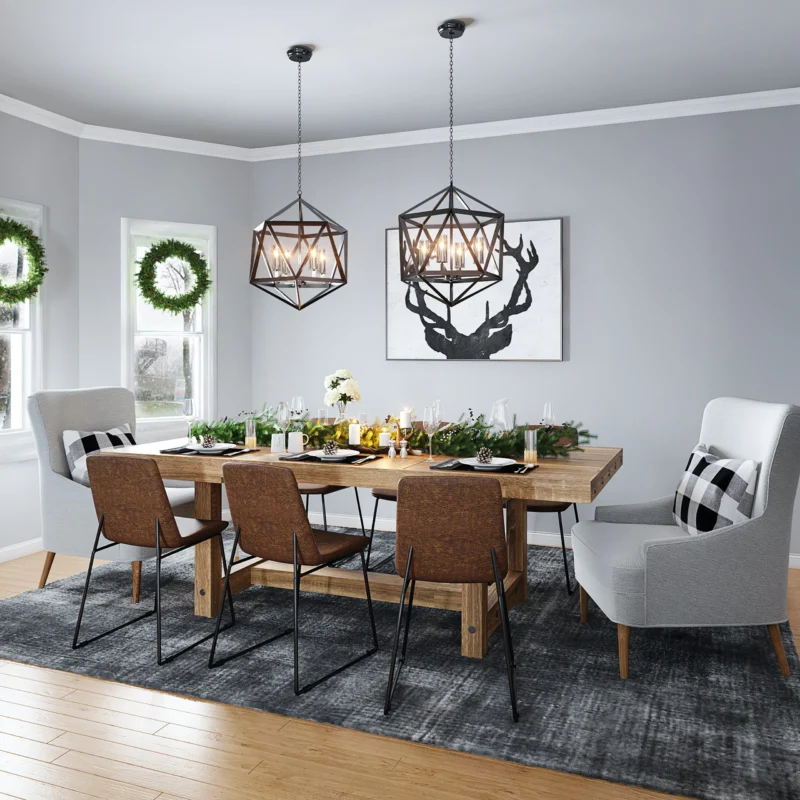
Maintenance And Longevity
Protective Coatings for Wood: Preserve the natural beauty of wood with protective coatings. From varnishes to oils, choose finishes that not only enhance aesthetics but also shield against the wear and tear of time.
Wood, with its warm tones and unique grain patterns, is a popular choice for dining tables. However, it’s also a natural material that can be susceptible to scratches, stains, and damage from heat or moisture. That’s where protective coatings come in. These finishes not only enhance the beauty of the wood but also provide a barrier against the elements, helping to extend the life of your table.
There are several types of protective coatings to choose from, each with its own advantages and aesthetic effects:
Varnish: Varnish is a clear finish that provides a hard, durable surface. It’s resistant to heat, moisture, and chemicals, making it a good choice for dining tables. Varnish can be glossy or matte, depending on your preference.
Oil: Oil finishes, such as linseed or tung oil, penetrate the wood and harden within the fibers, providing protection without creating a surface film. They enhance the natural grain of the wood and give it a warm, rich glow. However, they may require more frequent maintenance than varnish.
Wax: Wax is easy to apply and gives wood a soft, natural sheen. It’s not as durable as varnish or oil, but it can be reapplied easily as needed.
Polyurethane: Polyurethane is a type of varnish that’s particularly resistant to water, heat, and chemicals. It’s available in a range of sheens, from matte to high gloss.
Lacquer: Lacquer provides a high-gloss finish that’s resistant to damage and easy to clean. However, it can be more difficult to apply than other finishes.
When choosing a finish for your dining table, consider your lifestyle and the look you want to achieve. A family with young children might prioritize durability and easy cleaning, while a couple who frequently hosts dinner parties might prefer a finish that enhances the elegance of the wood. In the end, the right protective coating can help ensure that your dining table remains a beautiful and functional centerpiece in your home for many years to come.
Glass and Metal Maintenance: Glass and metal, while offering their own unique aesthetic appeal, require a different set of care practices compared to wood. With the right products and a little bit of regular maintenance, you can ensure that your glass and metal dining table continue to shine and impress for years to come.
Glass Maintenance
Glass dining tables add a touch of elegance and sophistication to any dining room. However, they can be prone to fingerprints, smudges, and scratches. Here are some tips for maintaining the clarity of your glass table:
Regular Cleaning: Use a quality glass cleaner and a soft cloth to wipe down your table regularly. This will help to keep it looking clear and shiny. Avoid using abrasive cleaners or rough cloths, as these can scratch the glass.
Protection: Consider using placemats or tablecloths during meals to protect the glass from scratches and spills.
Scratch Removal: Minor scratches can often be buffed out using a glass polishing compound and a soft cloth.
Metal Maintenance: Metal dining tables, on the other hand, are known for their durability and modern appeal. However, they can be susceptible to rust and tarnish. Here’s how to maintain the sheen of your metal table:
Regular Cleaning: Wipe down your metal table regularly with a damp cloth to remove dust and grime. For tougher stains, you can use a mild detergent.
Polishing: Use a metal polish to restore shine and remove minor scratches. Always follow the manufacturer’s instructions when using metal polish.
Rust Prevention: If your table is made of a rust-prone metal like iron, consider using a rust-resistant primer or paint. For outdoor tables, you might also consider a protective cover to shield against rain and moisture.
Remember, every dining table, regardless of the material, benefits from regular care and maintenance. By investing a little time and effort, you can ensure that your dining table remains a beautiful centerpiece in your home for many years to come.
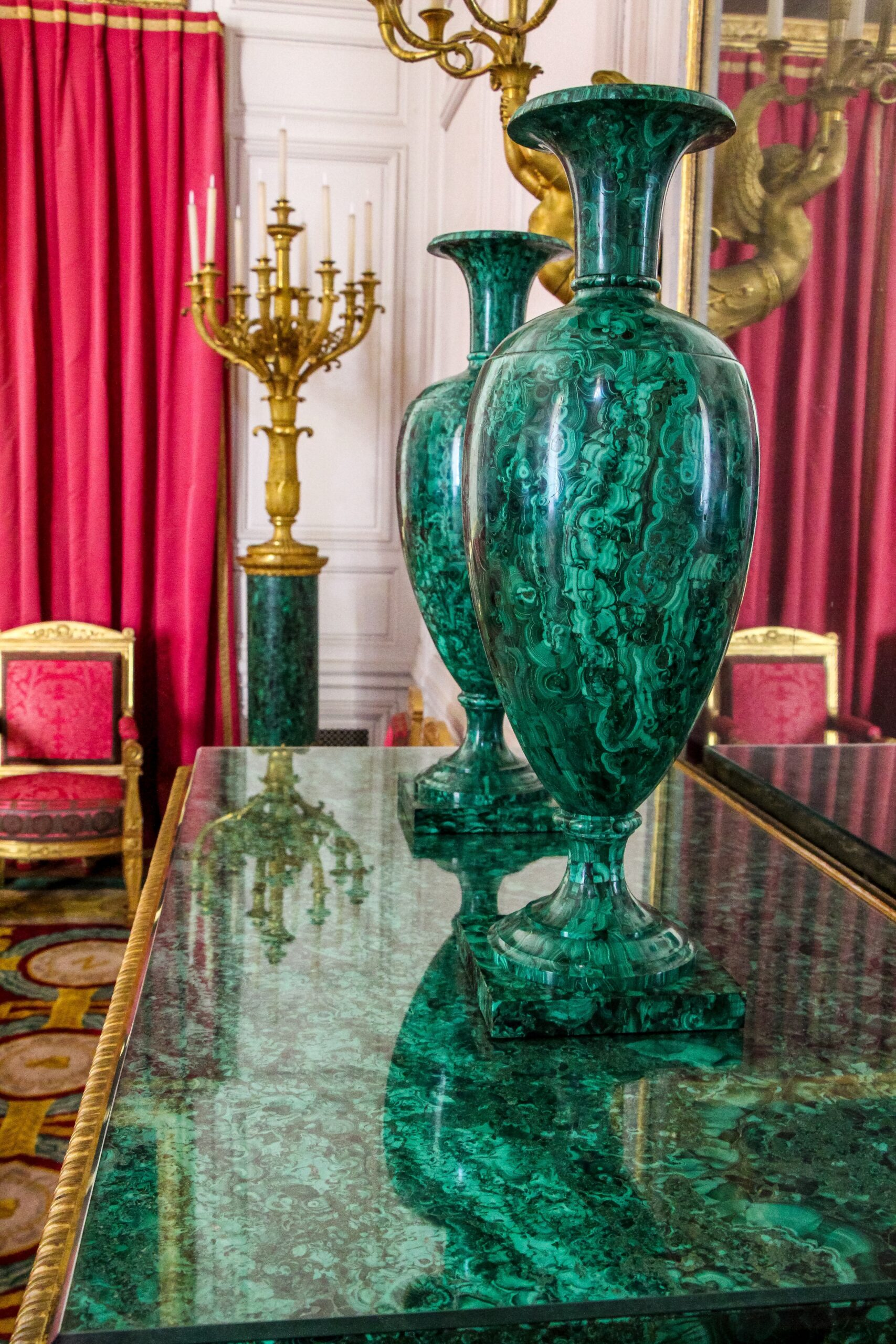
Future-proofing Your Investment
Adaptable Designs for Changing Tastes: Choose a dining table with a timeless design that accommodates evolving tastes. Let it be a piece that grows with you, adapting to the changing seasons of your life.
In the world of interior design, trends come and go, but a dining table is a long-term investment. It’s a piece of furniture that should stand the test of time, not just in terms of durability, but also in terms of style. Choosing a dining table with a timeless, adaptable design can ensure that it continues to complement your home even as your tastes and decor evolve.
Here are some tips for choosing a dining table with a versatile design:
Classic Shapes: Tables with classic shapes, such as round or rectangular, tend to be more adaptable than those with more unusual shapes. They can fit into a variety of decor styles and are likely to remain in style for many years.
Neutral Colors: A table in a neutral color, such as white, black, or natural wood, can easily adapt to changes in your color scheme. It can serve as a blank canvas that allows your tableware and decor to shine.
Quality Materials: A table made from high-quality materials, such as solid wood or tempered glass, not only lasts longer but also tends to have a more timeless appeal.
Minimalist Design: Tables with a minimalist design, free of ornate details or trendy features, are more likely to stay in style over time. They can blend seamlessly into any decor and can be easily updated with new chairs or accessories.
Versatility: Consider tables with extendable leaves or adjustable heights, which can adapt to different uses and occasions.
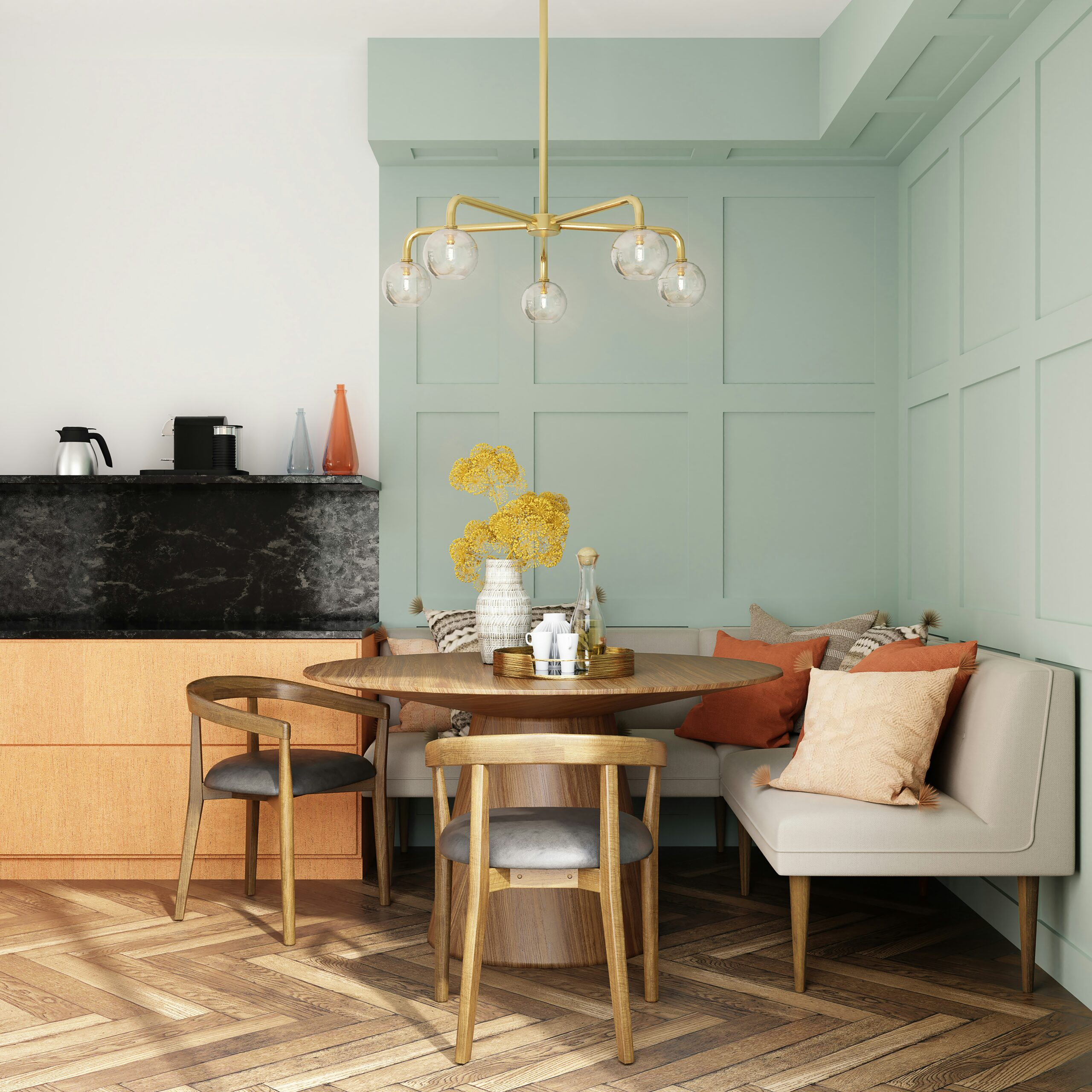
Sustainable Practices for Environmental Harmony: Ensure your dining table is not just a statement of style but a pledge to sustainability. Seek out brands committed to eco-friendly practices, ensuring your investment aligns with a greener tomorrow.
In today’s world, sustainability is more than just a buzzword—it’s a commitment to reducing our environmental impact and making choices that promote the health of our planet. When it comes to choosing a dining table, this means considering not just the style and function of the table, but also how it was made and what it’s made from.
Here are some tips for choosing a sustainable dining table:
Sustainable Materials: Look for tables made from sustainably sourced materials. This could mean wood from responsibly managed forests, recycled metal, or glass made from recycled materials. Some companies even offer tables made from reclaimed wood, which can add a unique character to your table while reducing its environmental impact.
Eco-Friendly Manufacturing: Consider how the table is made. Companies that prioritize sustainability often use manufacturing processes that reduce waste, conserve energy, and minimize the use of harmful chemicals.
Durability: A durable table that lasts for many years is more sustainable than one that needs to be replaced frequently. Look for high-quality construction and materials that can stand up to daily use.
End-of-Life Plan: Consider what will happen to the table at the end of its life. Can it be recycled? Can it be disassembled and its parts reused? Some companies offer take-back programs for their furniture, ensuring that it’s properly recycled or disposed of.
Certifications: Look for certifications that verify the company’s sustainability claims. This could include certifications for sustainable forestry, low chemical emissions, or fair labor practices.
Remember, every choice we make has an impact on the world around us. By choosing a sustainable dining table, you’re not just making a statement about your personal style—you’re also making a statement about your values and your commitment to a greener future. So, let’s continue our journey towards finding the perfect, sustainable dining table for your home.
Conclusion
In the grand symphony of interior design, the dining table emerges as a maestro, conducting the rhythm of shared moments and cherished gatherings. Through this comprehensive guide, embark on a journey of choosing not just a piece of furniture but an enduring ode to your discerning taste—a dining table that resonates with the poetry of your life.
Choosing the perfect dining table is a journey of discovery, a voyage into the heart of your home. It’s about understanding your space, your style, your needs, and your dreams. It’s about exploring the world of design, materials, and craftsmanship. It’s about making a choice that reflects who you are and how you live.
But above all, it’s about creating a space where life happens. A space where meals are shared, stories are told, and memories are made. A space that’s not just functional, but beautiful. A space that’s not just about eating, but about living.
So, take your time. Explore your options. Consider your needs and desires. And remember, the perfect dining table is not just the one that looks the best or fits the best—it’s the one that feels like home.
As you embark on this journey, remember that every choice you make is a reflection of your personal style and values. Whether you choose a sleek glass table or a rustic wooden one, a minimalist design or a statement piece, remember that your dining table is more than just a piece of furniture—it’s a testament to your taste, a symbol of your lifestyle, a centerpiece in the grand symphony of your home.
So, here’s to finding the perfect dining table—the one that brings joy to your meals, beauty to your home, and harmony to your life. Happy hunting!
